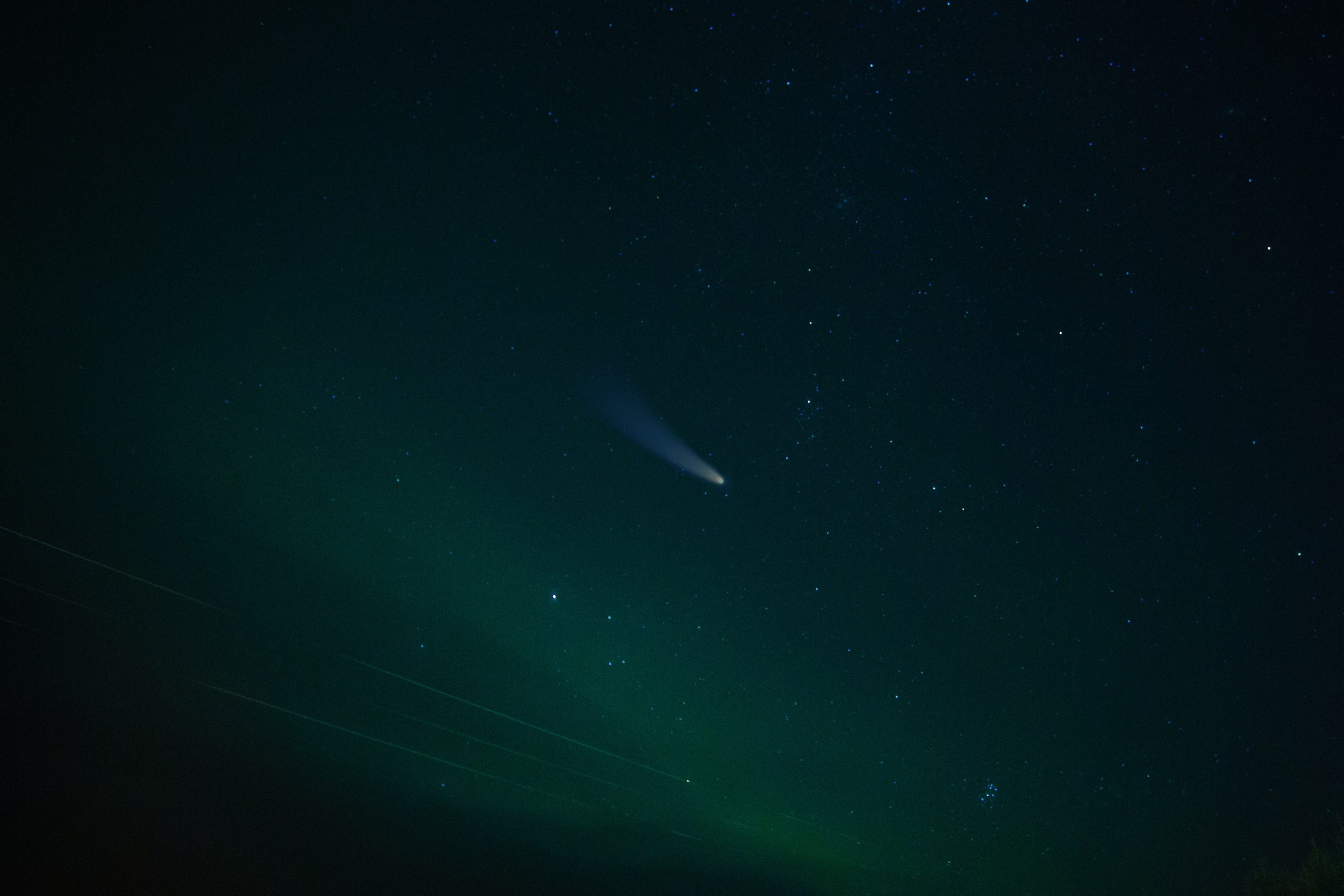
Vicky Arias, FISM News
[elfsight_social_share_buttons id=”1″]
In late September, humanity altered the orbit of a celestial body for the first time ever.
NASA launched a spacecraft from California’s Vandenberg Space Force Base on November 21, 2021, with the goal of colliding with and changing the orbit of an asteroid. The mission was a landmark success.
Known as the Double Asteroid Redirection Test (DART) Mission, NASA engineers constructed and programmed a craft to navigate itself to an asteroid nearly 7 million miles away from Earth. The DART craft, following its navigational instructions, then collided with the asteroid, called Dimorphos, on September 26, after a 10-month journey.
The 525-foot-wide Dimorphos orbits around a much larger asteroid, a 1,280-foot-wide space rock, known as Didymos. DART’s mission was to crash into Dimorphos and redirect its orbital path “around its larger partner.” According to LiveScience, “DART slammed into Dimorphos at roughly 14,540 mph,” disintegrating the craft and altering the trajectory of the asteroid.
The orbital path of Dimorphos around Didymos was ultimately shortened by 32 minutes. The time it took Dimorphos to fully orbit Didymos before the collision was recorded at 11 hours and 55 minutes. After the crash, the full orbit was 11 hours and 23 minutes, demonstrating that the crash had pushed the smaller asteroid closer to the larger one, altering its orbit.
Though Dimorphos posed no danger of striking our planet, this experiment could aid NASA if future asteroids were to pose a threat of collision. In a statement, NASA explained the significance of changing the path of the asteroid.
“As a part of NASA’s overall planetary defense strategy, DART’s impact with the asteroid Dimorphos demonstrates a viable mitigation technique for protecting [our] planet from an Earth-bound asteroid or comet, if one were discovered.”
A camera onboard the DART craft recorded its final moments and eventual collision with the asteroid, before finally cutting out.
NASA’s efforts are certainly monumental, however, it is interesting to note that Earth has been uniquely situated within the galaxy to protect life. According to ICR.org, “our solar system…contains thousands of asteroids and meteoroids. These sometime[s] collide with planets. Jupiter keeps large rocks from hitting Earth by attracting them with its strong gravity.
“The Earth’s huge moon also protects us from many…rocks that cross our planet’s path. The craters across the moon’s surface demonstrate the frequency [that] something has collided with the moon instead of earth.” The intense gravitational pull of “Jupiter shields Earth from constant stellar bombardment” from “asteroid and comet strikes,” according to HowStuffWorks.com.
In a statement from GeoChristian, “for a planet to have advanced life…it must orbit at the right distance from the right kind of star, have the right sized moon for stability of orbit, have the right core, and so on.”
Discovery noted that “when you start to look at all of the things that have come together in just the perfect way to support plants and animals, it gets a little mind-boggling.”
Scripture teaches us that “God created the Heavens and the Earth,” Genesis 1:1, so it comes as no surprise that He provided His creation with inimitable protections to allow for flourishing, joy, meditation, and enjoyment of His handiwork.
